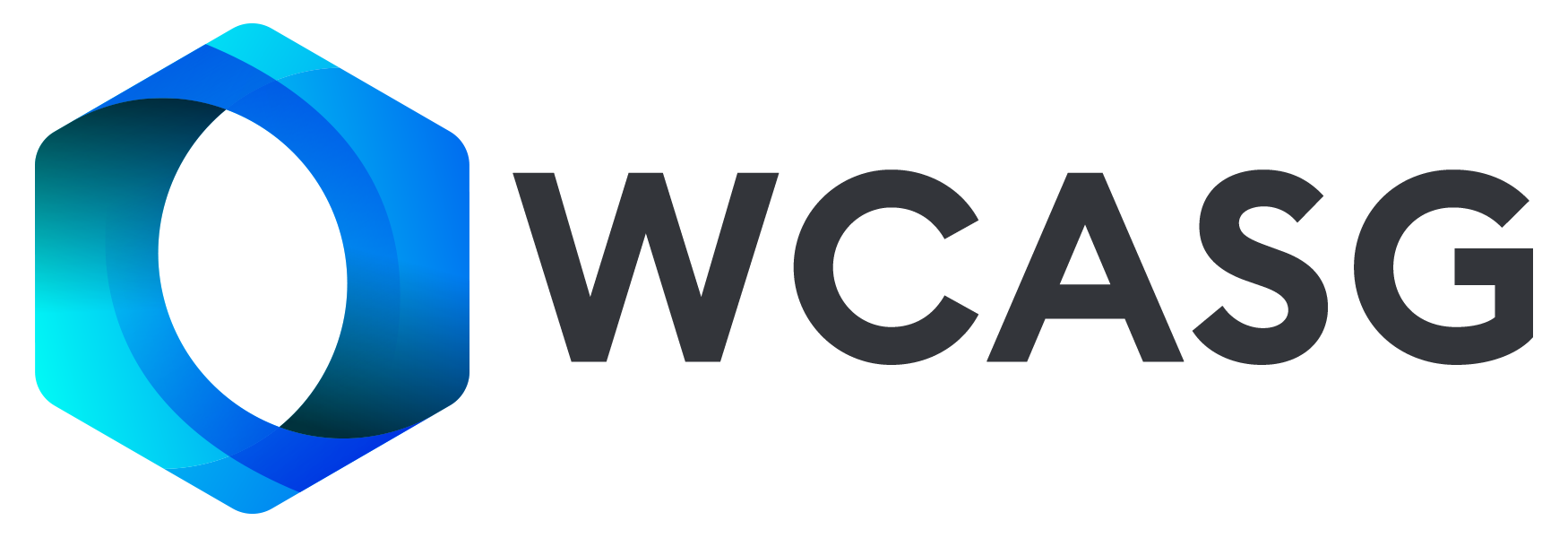
Is Your Organization At Risk?

Legal Introduction
“Digital accessibility” is defined as “the practice of building digital content and applications that can be used by people with disabilities.” This refers to all websites, mobile apps, desktop apps, video games, electronic documents, and other web assets.
In most cases, people with disabilities will use some kind of Assistive Technology (AT) to navigate their computer, mobile device, and apps. For example, people with visual disabilities may use a screen reader to navigate their computers and mobile devices, or use software to increase the size of text on the screen.
Similarly, people with motor disabilities may not be able to use a mouse, but can perform navigation via a keyboard. And, even though people with cognitive disabilities may be able to use a mouse, a keyboard, and monitor, they may run into barriers with certain user interfaces or design components.
To make websites and web assets accessible to the disabled, all of these factors must be addressed – or your website can be deemed inaccessible, and therefore illegal.
The Americans with Disabilities Act
Created in 1990, the Americans with Disabilities Act (ADA) is a U.S. civil rights law prohibiting discrimination against people with disabilities “in all aspects of public life, including jobs, schools, transportation, and all public and private places that are open to the general public.” The Act originally applied to brick and mortar locations only.
Title I of the ADA applies to Employment, Title II applies to Public Services (State and Local Government), and Title III applies to Public Accommodations and Services Operated by Private Entities. While the ADA doesn’t currently have specific requirements regarding digital accessibility, in the last several years, U.S. courts have often interpreted Title II and Title III as applying to web-based content and services.
Thus, the number of website accessibility lawsuits being filed each year is growing rapidly. According to Title III experts from the law firm Seyfarth Shaw, more than 800 Federal lawsuits were filed against inaccessible websites in 2017. Since there are no specific digital accessibility requirements laid out by the ADA, legally, organizations must follow the WCAG 2.0 AA guidelines created by the World Wide Web Consortium (W3C).
 WCAG 2.0 AA Guidelines
WCAG 2.0 AA Guidelines
WCAG (the Web Content Accessibility Guidelines) are the technical guidelines created by the World Wide Web Consortium (W3C) for creating accessible web-based content. WCAG serves as the basis of accessibility regulations across the globe, including in the U.S., the UK, the EU, Canada, Japan, and Australia. Updated in 2008, these guidelines are called “WCAG 2.0”.
The WCAG 2.0 guidelines are applicable for small and large businesses, and non-governmental organizations, such as non-profits, churches, etc.
There are many ways to meet WCAG 2.0’s Success Criteria, which is broken down into three “levels of conformance. These levels include: A (basic conformance), AA (intermediate conformance), and AAA (advanced conformance). In summary, If you want to avoid legal risk, making sure you’re compliant at least with WCAG 2.0 A or WCAG 2.0 AA is a good starting point.
Remember: WCAG 2.0 is ultimately about the user’s actual experience. If your user interface technically meets WCAG requirements but is inaccessible in practice, your website will be considered inaccessible. That’s one of the primary reasons why working with a firm – like WCASG – that deals with meeting accessibility standards every day, is so valuable.
Section 508
If you work for a U.S. Federal Government Agency (either directly or as a contractor), then Section 508 of the Rehabilitation Act applies to you. Section 508 Standards govern electronic and information technology purchased by the federal government, including computer hardware and software, websites, phone systems, and copiers. Under Section 508, all disabled people (both members of the public and federal employees) must be accommodated.
Note that 508 applies to all Information and Communication Technology (ICT), not just websites and applications. Section 508 also applies to all 3rd Party ICT products, services, and other deliverables purchased by the U.S. Federal Government. If your organization does contract work for Federal Agencies, you may be asked for a VPAT (Voluntary Product Accessibility Template) detailing your product’s compliance with Section 508 Standards.
Section 508 Standards were originally released in 2000. In 2015, the Access Board proposed updates for public comment, and in January 2017, the final rule updating Section 508 was published. The two main legal takeaways are as follows:
– Section 508 now refers to WCAG 2.0 A and AA Success Criteria for all web and electronic content accessibility issues.
– All new web and electronic content and applications published after January 2018 must comply with updated 508 Standards.
Other Relevant Regulations
Other accessibility-related regulations that may apply to your company, organization, or agency include:
21st Century Communications and Video Accessibility Act (CVAA) – Applies to communications devices, products, and services, as well as video programming on television and the Internet;
Air Carrier Access Act (ACAA) – Applies to airlines operating in the U.S. Points to WCAG 2.0 AA for digital accessibility requirements; and the
Accessibility for Ontarians with Disabilities Act (AODA) – Applies to all people and all public and private organizations in Ontario. Seeks to have accessibility implemented and enforced by 2025.
